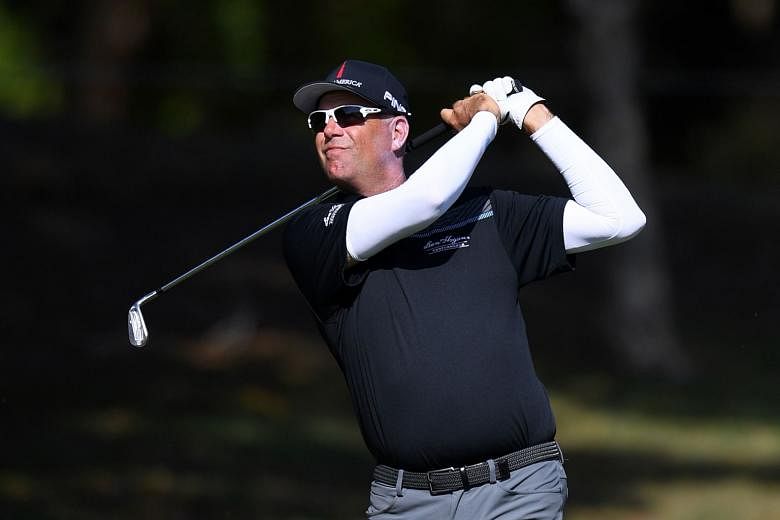NEW YORK (Reuters) - A new world handicap system will be implemented early next year after an eight-year project designed to unify the way amateurs around the globe measure themselves.
Administrators are urging even occasional golfers and beginners to obtain a handicap, saying the logistics of doing so will be easier than ever for those who are not members of a club.
Currently, there are six different handicap systems worldwide and one of the architects of the revamp says unifying them is a logical move.
"We've had unified rules of golf since 1952. It made sense to do this with handicapping too," said Steven Edmondson, managing director of handicapping for the United States Golf Association (USGA).
The system, to be phased in during 2020, starting in the US in January, should make it easier at the elite amateur level for tournaments to come up with a fair qualifying method.
"When you think about eligibility requirements worldwide, you can be confident of the same number and that who you're permitting into your field deserves to be there," said Edmondson.
At recreational level, players could find their handicaps changing slightly as they will now be calculated, among other things, by an average of the best eight rounds out of 20, instead of the current best 10 of 20.
This means a streaky player with a high disparity of scores - say someone who shoots 80 one day and 100 the next - is more likely to improve his or her handicap, while a steady but consistent player who always scores around 90 will not necessarily follow suit.
The thought process behind this is that the streaky player's upside demonstrates a higher ability level.
"Eight out of 20 is slightly more responsive to good scores and slightly less responsive to bad scores," said Edmondson.
A more significant change for the high handicapper is that the maximum score at each hole will be a player's handicap plus double-bogey.
The new maximum handicap will be capped at 54, versus the current 36.4 for men and 40.4 for women.
This should help ensure an occasional disastrous hole does not significantly inflate a player's handicap index, and speed up play by encouraging players to pick up once they have exceeded the maximum number and are therefore out of a hole.
"We were trying to do something that was simple," Edmondson said. "Net double bogey is better.
"One of top three reasons people say they don't have a handicap index is they say 'I'm just not good enough'.
"We're trying to say 'no, no, no. It's good for everyone, if you play this game you should have one'."
Edmondson is aware that golf culture is changing, with millennials in many parts of the world preferring to play at daily fee courses rather than become fully-fledged members of a single club.
He says not being a member should not be an impediment to obtaining a handicap.
"To make it easy, you can sign up to affiliate with a golf club for handicap purposes," Edmondson said.
"If someone doesn't want to belong to a traditional club, which the younger generation really doesn't, they still play at a club or clubs close by and those clubs have a reasonable chance of knowing that player and their ability."

